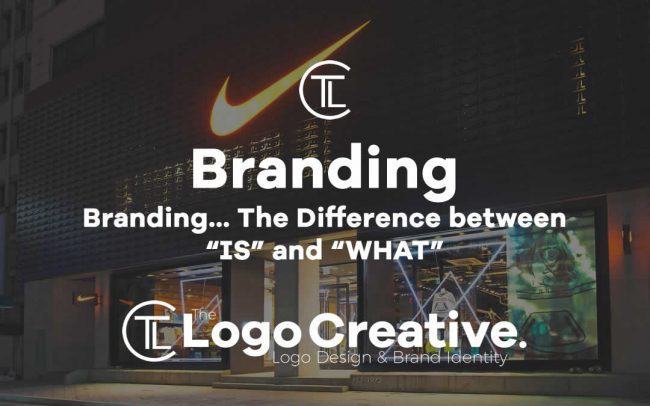Branding is one of the most misunderstood, misused and overly-simplified words in the English language. To most people, “brand” is a logo, or a company, or a product, and is used as a colloquial catch-all phrase to mean anything and everything.
To the average person, it isn’t any more complex than Brand X = Y.
But what most people don’t see, is that all of the intellectual blood, sweat & tears that go into building a cohesive brand does not happen at the beginning or the end of that equation, but in connection between the two; in branding the elusive ‘equals’ is everything. The reality is that while the logo of an internationally renowned brand such as Nike may be recognized and visualized by the “swoosh,” the actual beauty and simplicity of that visual mark is merely a capstone, resting at the top of a complex foundation of concepts and ideas that make up the brand essence.
Solve The Equation Of Your Brand
The quest to solve the X=Y equation begins with distilling the true meaning of the tangible and the intangible traits of your brand, and reconciling them with each other in order to make both a logical and an emotional connection with your audience. By asking and answering two main questions, you can begin to define the tone that will serve as the base of your brand, allowing you to build a visual language on top of it, and thus allowing you to encompass all of those emotional, intangible things into a cohesive brand message.
Branding Question Number 1
The first question is “What IS X?” These are the quantifiable, empirical questions that accounting and engineering departments love, but the answers are often dry, utilitarian and devoid of emotion. However, without answers to these questions, answering he next question is merely an intellectual exercise.
In this case, we will use Nike again. What IS Nike. By emphasizing “is” we can encompass all of those USP, product function, and positioning related questions. What does the product do? Is it a high end product? What makes it different from the competition? Nike is an athletic shoe aimed at serious athletes willing to pay a premium for a perceived high level of quality and innovation, provided that that it will give them some sort of a competitive advantage over their opposition.
Branding Question Number 2
The second question, much more existential than the first, is “WHAT is X?” These are the intangible answers, the answers based on a philosophy or a story rather than in cold hard mathematics or facts. Who are we? What do we stand for? Why does our company exist?
Again, in the case of Nike, these are answers revolve around generating an emotional response in the audience. WHAT is Nike? It is where the connection between Nike as a brand with no excuses for failure, an audience and a company that demands and expects to be the best, and is willing to work the hardest to achieve that goal. In this exercise, concepts and narrative ideas such as perseverance, drive, and hard work, begin to emerge as constants between both the target audience and the company itself begin to emerge.
In the case of Nike, this combination of the tangible and the intangible allows for messaging built around an athletic shoe made BY people with uncompromising standards, FOR people who share those same standards. The outcome of this cohesive conceptual messaging is a tagline like “Just Do It” that helped to define Nike in just such a light, and it did it so well that the tagline itself MEANS Nike in many different languages around the world.
As a designer by trade, while I do see the beauty and the simplicity behind the Nike swoosh, I must admit that it is not the design that made Nike an internationally renowned brand, but the ideals that are summed up within it’s smooth, minimalist lines that make it truly effective branding.
So to answer the question, is your brand your logo? No. But if done correctly, your logo can sum up your brand.
 Author Bio
Author Bio
Jim Schulman specializes in pairing the beauty of design with the usable function of digital mediums. He views design in much the way he views hot sauce… spice for spice sake is useless, however, spice that serves as flavor is essential. With over 8 years experience in design, and over 15 years experience in messaging and branding, Jim expertly walks the line between flash and substance, letting the quality of the work speak for itself. Matchbox Design Group


